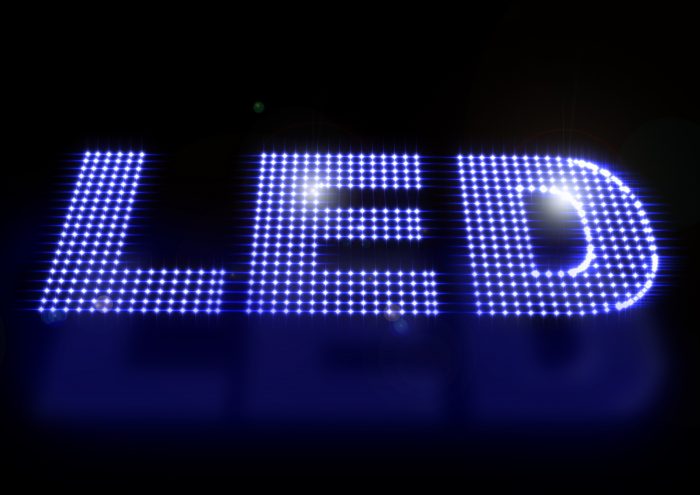
How LED Technology Will Forever Change the World
During my time in the lighting industry, I’ve received countless questions about LED lights. What are they? How are they different from traditional light sources? How do they work? Why are they more expensive? And the list goes on…
This guide will teach you the ins and outs of LED lighting and how to use this innovative technology to your benefit. We’ll cover the very basics and some more advanced concepts, so buckle up and get ready to see how LED lighting could transform your home lighting!
1. Yes- They Use Electricity

Electricity is created by the flow of electrons from a positive end of a power source (such as a battery), through a conductor (usually copper wire), through the item that is being powered (in this case a lightbulb), and then back to the negative end of the power source. This is called an electrical circuit, because the electrons ultimately end up in the same place they started.
This method of transferring power applies to household appliances, cell phones, modern cars, and LED lights. With any of these devices, functionality depends on an unbroken circuit, and usually, a switch to control it.
2. They’re Not Like Incandescent Bulbs
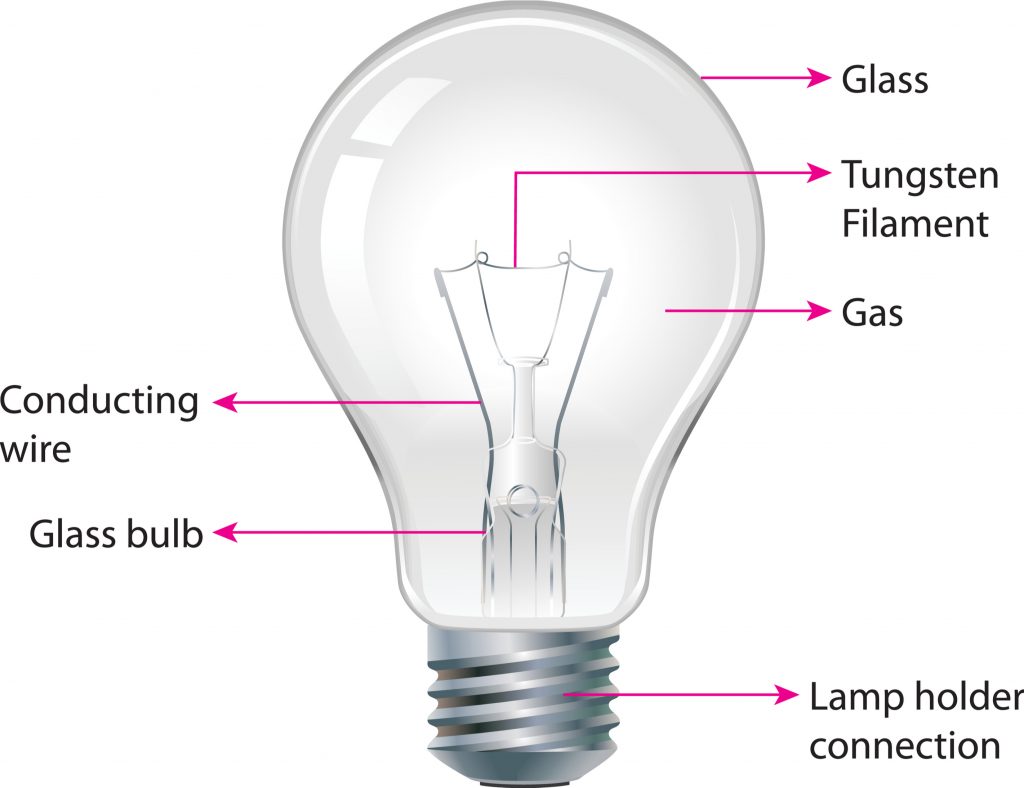
Our idea of light bulbs stems mainly from the traditional incandescent bulb. Let’s imagine one like this image, which is a medium base, A-style lamp. The light bulb threads into a phenolic lamp socket, more commonly referred to simply as the “light bulb socket”. As the bulb is placed inside the socket, the lamp holder connection makes contact with the leads inside the socket. Turn the power on, and an electrical current flows through that connection to the tungsten filament, heating the metal and causing it to release energy in the form of light.
This heat energy inside the pressurized globe of the bulb creates the light that shines from incandescent bulbs. Most of them require roughly 40-100 watts to produce light, but this obviously depends on the brightness of the bulb. LED’s function quite differently, so let’s take a look at how an LED will react to the same electrical current.
3. They’re Built to Create More Light
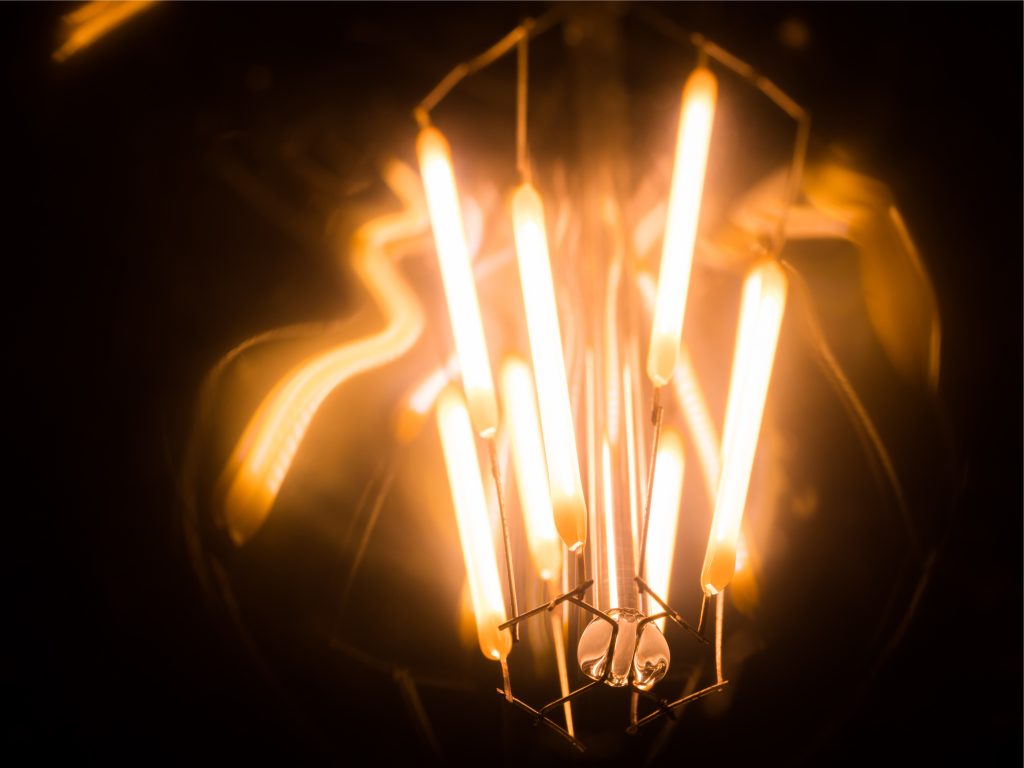
LED stands for Light Emitting Diode. The science here is a little dense… But I’ll do my best to cover the basics. A light emitting diode is made by pressing three layers of semiconductor material together. These materials vary in composition depending on the application, but often include zinc and nitrogen (as opposed to tungsten carbide in incandescent bulbs).
When an electron enters the diode, it is charged with more energy than it originally had. This is called electronic excitement. While it is still inside the diode it passes through the diode’s layers and releases this excess energy in the form of light!
4. They Come in Infinite Shapes, Sizes, and Colors
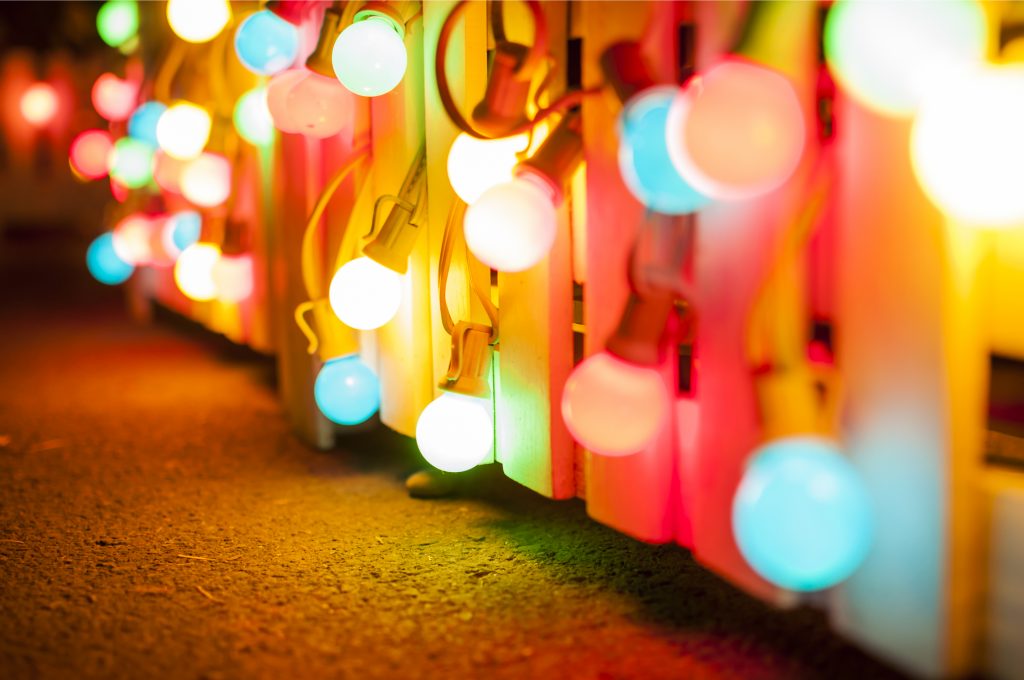
Because of the way they are made, diodes come in practically any shape and size. They can be stretched out to look like a filament inside of a traditional glass light bulb or formed into a small square. Quantity of light also varies, and many LEDs use multiple diodes to produce even more light. It’s amazing technology—even in these various shapes and sizes, most LEDs also contain a transformer, or voltage regulator, inside the bulb or fixture to regulate their energy usage.
5. They Last a Long Time
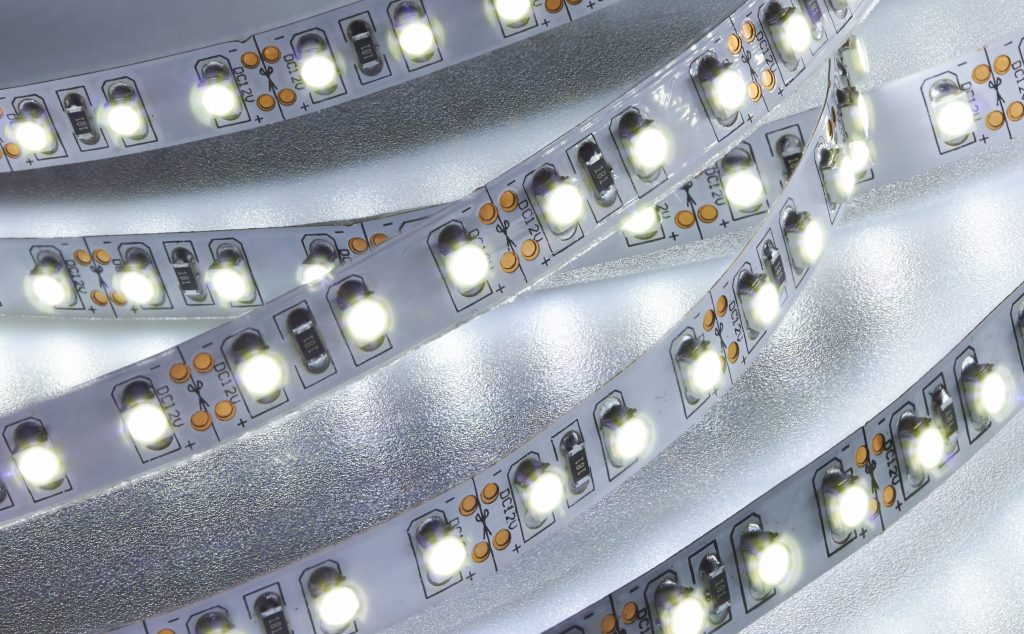
One of LED’s many benefits is their long life. They last much longer than traditional bulbs because they don’t produce nearly as much heat as their more traditional counterparts. With LED lights, you can practically say goodbye to burnt out bulbs! This explains why their upfront cost is slightly more than older bulbs—with LEDs, you won’t be purchasing new ones very often, and the money you spend on the bulb is quickly recuperated in saved energy costs.
6. That’s Right—They Save You Money
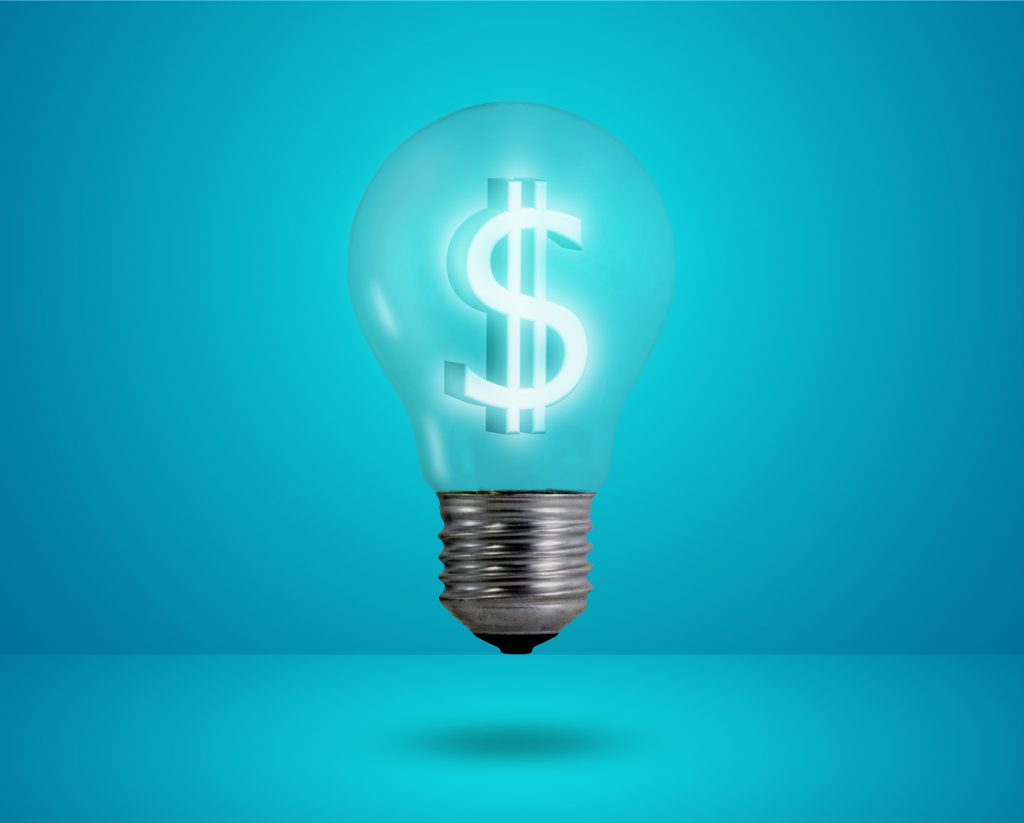
As mentioned, the process of electronic excitement uses far less energy than heating the filament in a traditional bulb. In fact, an LED light bulb uses as little as 14% of the energy burned by an incandescent bulb! This means that by changing home light bulbs to LEDs, the average American will save over $1,000 in a 5-year span. If you have other types of lights in your home, such as halogen bulbs, you can save even more than that!
7. LEDs Maximize Existing Fixtures
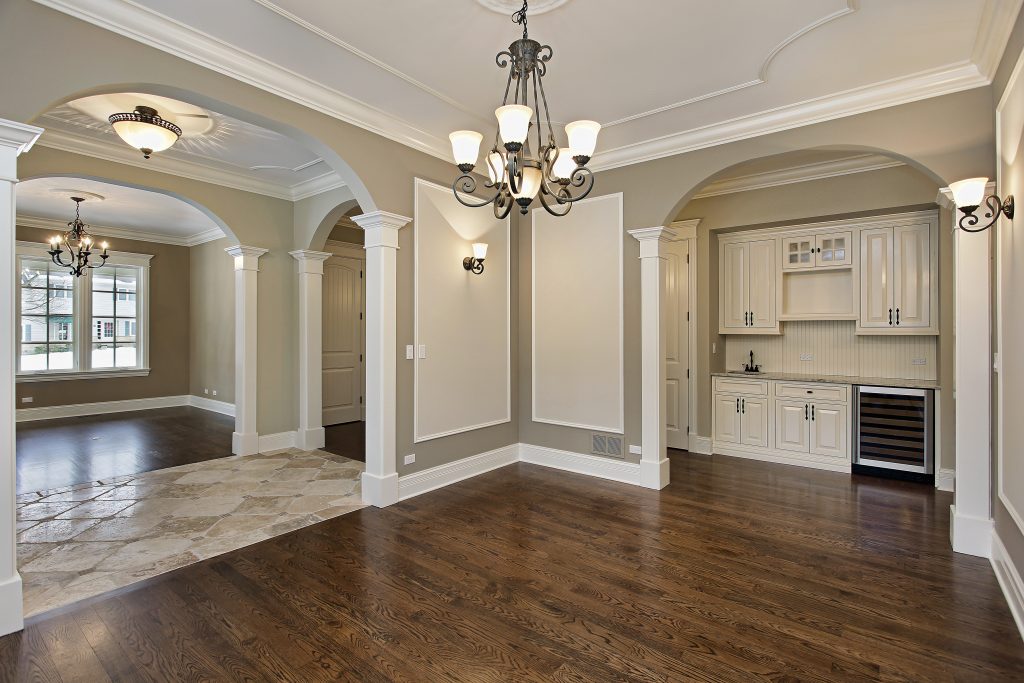
Another overlooked benefit of LED bulbs is their ability to effectively exceed the maximum wattage of light fixtures. Sounds crazy, but it’s something you’ve probably thought about before! When a room in your home feels dingy or underlit, it’s probably not because the fixture is old or inadequate. More than likely, the bulbs simply aren’t providing enough light for the room.
Typical light fixtures can power a 60 watt incandescent bulb, but because LED bulbs are so much more efficient, that same fixture could power a 100 watt equivalent LED bulb! This provides much more light than the fixture could normally provide, and allows the flexibility to choose from various light colors. Not only will LEDs save you on your utility bill, but they can also save you from buying new fixtures.
8. The Sky Is the Limit!
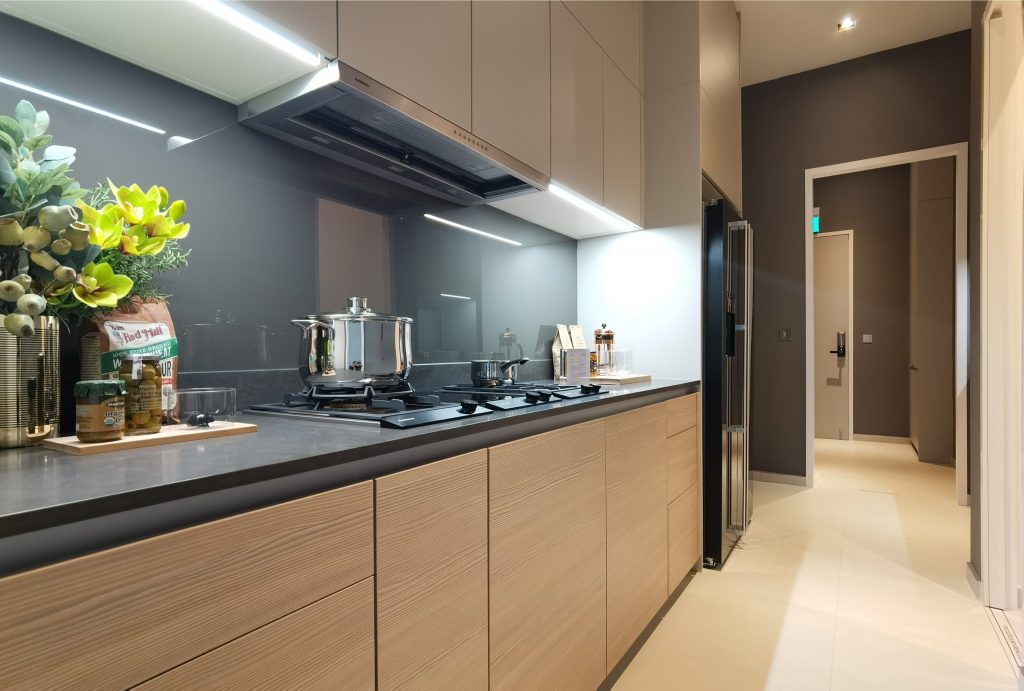
Now that you’re an expert on LED lighting, start imagining the infinite ways they could light up your home! Because they are so small, they hide easily under kitchen cabinets or alongside a staircase to light up the steps. They could add a dramatic flair to a theatre room or simply update the recessed lighting in your home, providing a more consistent brightness. My favorite LED distributor, Alloy LED, provide a wide range of products for almost any lighting project, and they might spark some ideas for your home. And as always, we’re here for any of your lighting needs! Stay lit, my friends!

